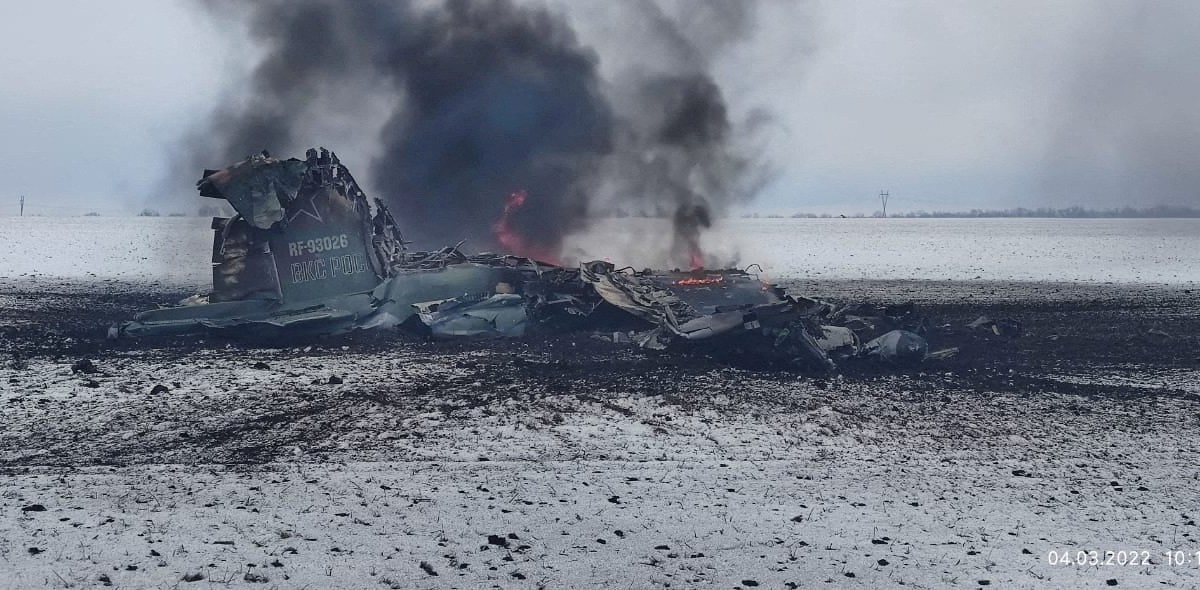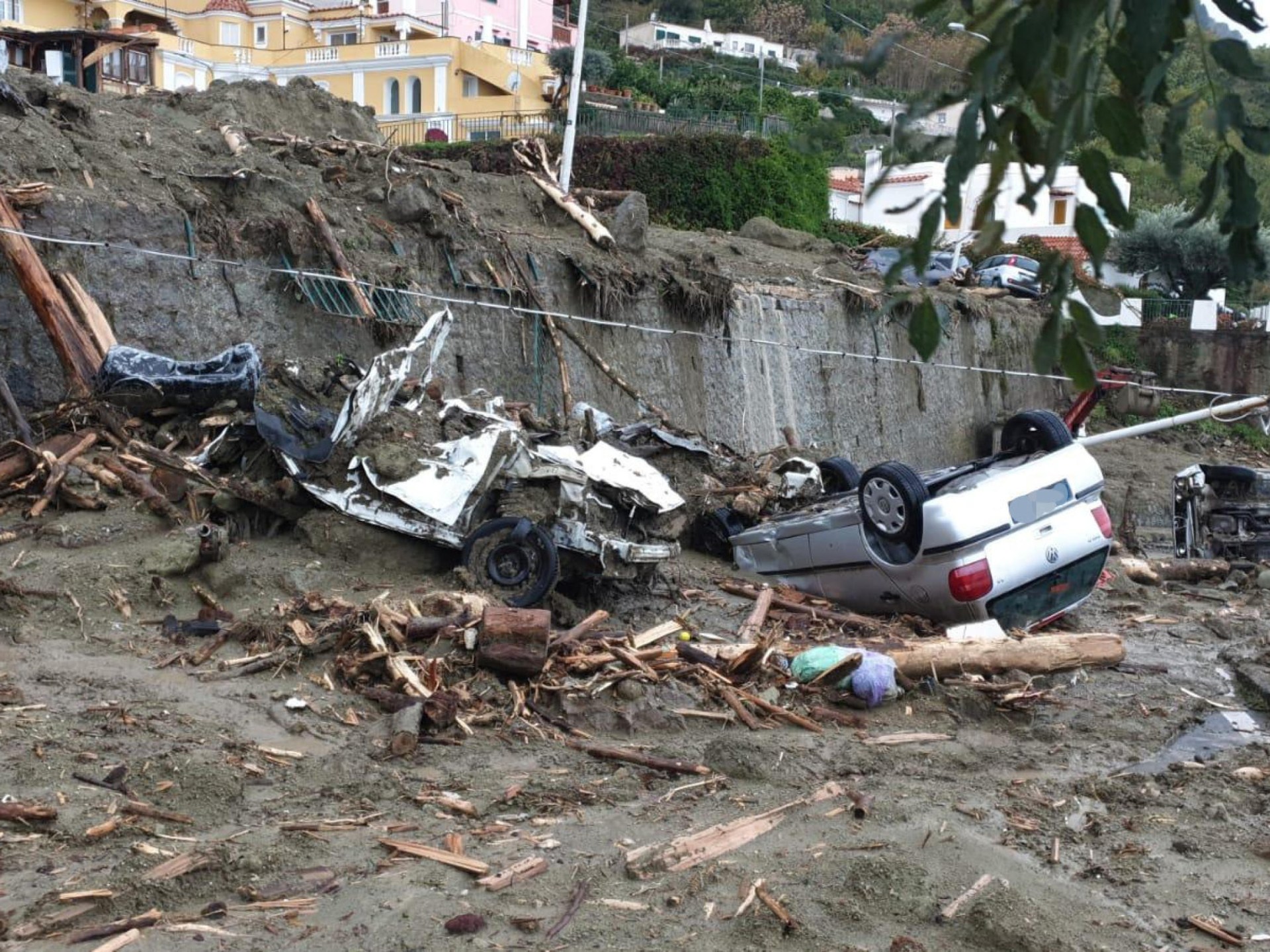COVID: Do we know the real death toll? | Coronavirus pandemic
There has long been a debate over how COVID-19-related deaths are recorded. The Johns Hopkins University in the United States, which is widely accepted as a reputable source, puts the global death toll at more than 5.8 million people. Some COVID-deniers insist that this number is exaggerated but they offer no scientific evidence to substantiate their claims.
The United Kingdom-based science writer, David Adam, argues in an article he wrote for the British weekly scientific journal Nature that the actual death toll from COVID-19 is much higher than the official figure. The article has reopened the debate on how deaths are recorded differently across the world, and what the best way might be to accurately calculate deaths attributed to COVID-19. Adam argues that records of excess mortality — a standard that requires a comparison of all deaths recorded with those expected to occur — show that many more people than the numbers reported and recorded have died in the pandemic.
Countries have recorded COVID-19 deaths in different ways. For example, at the start of the pandemic, the Netherlands counted only those individuals who died in hospital after testing positive for the COVID-19 virus. Meanwhile, Belgium included deaths in the community and everyone who died after showing symptoms of the disease, even if they were not diagnosed to have had the virus.
Calculating the number of deaths from COVID-19 across the world is fraught with challenges. Not only because countries have employed different reporting and recording methods, but also because the definition of a death caused by the pandemic may also differ. Some people will have died from COVID-19 who were not tested for it; others who have had their deaths put down to COVID-19 may have had underlying conditions that may have killed them in the same timeframe, and then there are those who died from other illnesses that could have been managed had their treatment not been delayed by the pandemic.
There is no internationally agreed standard for how you measure deaths, or their causes, so it is a minefield of inaccuracies and questions. Also, in the early stages of the pandemic, not all countries had access to testing that was required to record and report cases, so not everyone who may have died from COVID-19 was able to have a confirmed diagnosis.
In addition to this, testing itself is not without its difficulties and inconsistencies. Some countries recorded the number of people tested, while others recorded the total number of tests carried out (many people need to be tested more than once to get an accurate result).
Political factors also play a part in all of this. Some countries will not allow independent scrutiny of their data, because if they are found to have under-reported deaths they may be accused of not having done enough to protect their own people, or having imposed measures that did not yield any real benefit.
China, for example, has an extraordinarily low death toll from COVID-19 and we have to accept it as their official record. According to an article in Forbes, the US death toll from COVID-19 is 800 times higher than the number of deaths being reported by China. The author, George Calhoun, argues that China has much to gain both politically and economically from showing the world their tough COVID-19 stance was effective. As they see it, the success of their “zero COVID” approach — marked by severe lockdowns for entire cities, travel bans, intensive contact tracing, military enforcement — simply demonstrates the superiority of their system. In fact, looking at the excess deaths that occurred in China over the course of the pandemic, The Economist estimates that the actual number of COVID-19 deaths in China is not 4,636 – but close to 1.7 million.
Another crucial factor is access to health services. Many developed nations will have health services that are better funded than those in parts of South Asia and Africa and even the US, where people have to pay at the point of treatment for their care. This will influence who can afford to attend hospitals and access care, leaving a proportion of the poorest and most vulnerable to self-treat at home and potentially die without any record of the cause of death. In countries where access to hospital treatment is not a feasible option for some people, the deaths may go unreported with private burials taking place in remote or rural locations.
But to put Africa’s low COVID-19 death toll, 246,867 across the continent as of February 21, 2022, due to poor reporting would do the continent a disservice. More than a billion people live in Africa, and it has had a lower COVID-19 death rate than the Americas, Europe and Asia. This, despite many experts stating that the continent would fair badly. Many African nations acted swiftly to avoid the spread of the virus and imposed strict lockdowns that were largely supported by the public.
Some countries, like Lesotho, acted even before a single case was reported. Also, developing nations in parts of Africa and Asia have on average a younger population than that of European countries. Globally, most of those who have died were aged above 80, while Africa is home to the world’s youngest population with a median age of 19 years, according to the United Nations data. And being young is a protective factor against dying from COVID-19. Parts of Africa also had recent experience of the Ebola outbreak, so they applied their knowledge of isolating cases, tracing contacts and quarantining when COVID-19 hit.
Meanwhile, excess deaths worldwide have been much higher during the pandemic, Adam argues. But calculating excess deaths is too crude a measure, as these records may be unreliable, incomplete or significantly delayed. Data scientists are constantly looking at ways to calculate the number of excess deaths more accurately, using methods ranging from satellite images of cemeteries to door-to-door surveys and machine-learning computer models that try to extrapolate global estimates from available data, Adam notes. Although each of these methodologies has limitations of its own, the one unambiguous conclusion most studies arrive at is that the official deaths are most likely to be a significant underestimate.
In an attempt to address this underestimate, researchers around the world are developing modelling techniques designed to take into account the subtleties that affect excess deaths, such as war, drought and heatwaves, in order to be able to record a more accurate number of global COVID-19 deaths.
In countries that either have limited or unreliable national mortality data, the World Health Organization (WHO) is working on a system whereby numbers can be extrapolated from smaller regions in that country. The WHO scientists have also concluded that to estimate the actual number of COVID-19 deaths, the annual number of deaths for each of the five years before the pandemic will have to be compared with the annual figures during the pandemic.
Another approach is the one that has been adopted by the World Mortality Dataset (WMD), a database that has been recording data from over 100 countries since January 2021. It uses sophisticated techniques to calculate excess deaths and to establish the causes for these deaths. The two scientists who run the database say that their calculations consistently show that the number of deaths attributed to COVID-19 in many of the countries they are studying – including Russia, Brazil, Mexico and the US – are underestimates when compared with their figures. According to their estimates, deaths from COVID-19 are likely to be 1.6 times higher than what has been recorded in the countries being studied.
The Economist has been using a different tool to track COVID-19 numbers. It employs machine learning to identify more than 100 national indicators that correlate with excess deaths in more than 80 countries where data is available. This model takes into account official death numbers, how well a country is testing for COVID-19 and how much a government is censoring the internet in a country, among other things. It also puts global deaths attributed to COVID-19 at much higher than official figures, though they admit there is a wide margin of error.
While most of the modelling techniques described in Adam’s article say the COVID-19 death toll is much higher than official figures suggest, some scientists argue that the margin of error is too wide and that applying the modelling used on richer nations to poorer countries is also a flawed approach. Even when you compare the figures produced by each modelling method, the numbers vary widely.
However, COVID-19 is not the first pandemic where reporting of deaths may be inaccurate. The number of deaths attributed to the Spanish flu of 1918-20 was also not correct. An influenza virus called influenza type A subtype H1N1 is now known to have been the cause of the extreme mortality of that pandemic. It is estimated to have infected a third of the world’s population, and at least 10 percent of those infected died.
The Spanish flu pandemic is thought to have begun in cramped and crowded army training camps on the Western Front during World War I, fought by 70 million military personnel. The unsanitary conditions – especially in the trenches along the French border – helped it incubate and then spread. Soldiers had to endure dirty and damp conditions, and many of them suffered from malnourishment, which led to a weakened immune system. It provided the perfect breeding ground for a virus to take hold and spread. As soldiers returned home infected with it, the illness spread across villages, towns and cities.
Although this pandemic did not originate in Spain, it was known as the Spanish Flu as the country was one of the first to identify the infection. This is most likely because Spain had been a neutral country during World War I and as such did not have any wartime censorship imposed on population data, so it was free to publish early accounts of the illness.
The number of deaths caused by Spanish flu is estimated to be at least 50 million, a figure thought to be significantly lower than the actual toll. Spanish flu affected almost every part of the world over its various peaks, with only the most remote communities escaping unscathed. However, epidemiologists suggest these numbers are likely to be underestimates due to a number of factors, including non-registration of deaths, missing records, misdiagnosis, and non-medical certification.
So, why is it important to know whether the COVID-19 death toll reported by countries is accurate? Well, it is not just for our historical records, but knowing how many people are dying from a disease in any given country will allow us to accurately estimate how much aid is needed for that country, be it vaccines, medicines or medical equipment. Poorer countries that report lower death numbers because they do not have access to testing facilities, may miss out on vital vaccines for their populations.
Countries around the world took different approaches to try to control the virus, some chose a “zero COVID” strategy and implemented strict lockdowns, while others opted for a more relaxed approach. For us to be better prepared for future pandemics, we need to know which approach worked best and saved the most lives. We can only know this by getting accurate data from each country and comparing it to the measures they took. So going forward, we need to encourage all countries to record births and deaths accurately, but until then we must rely on the data and data scientists.




